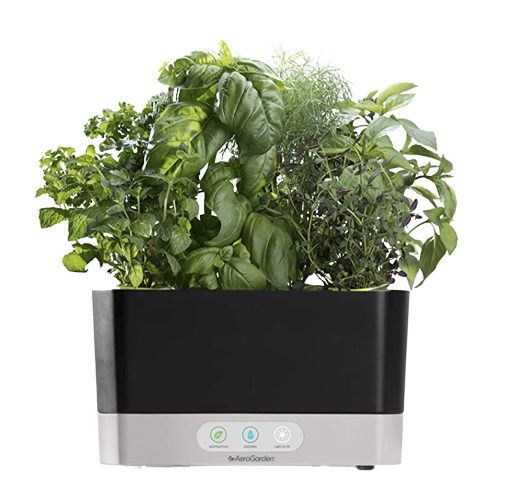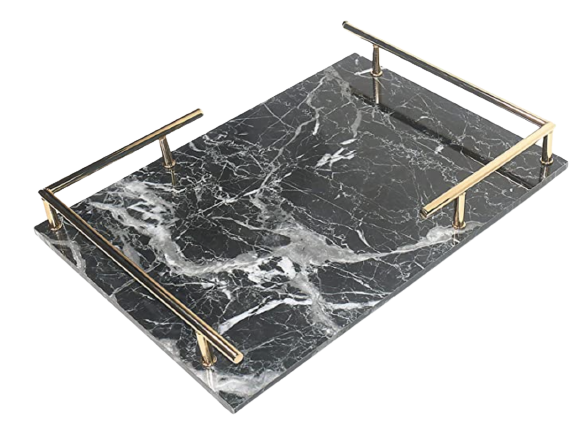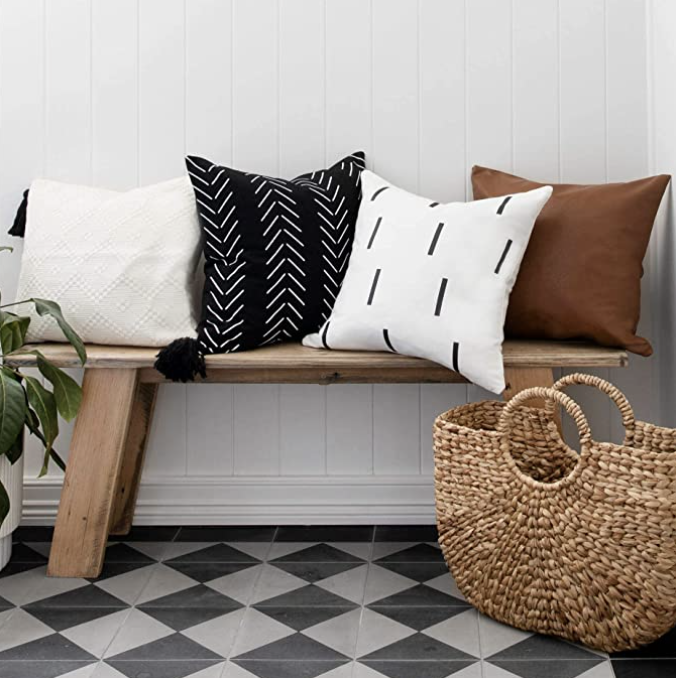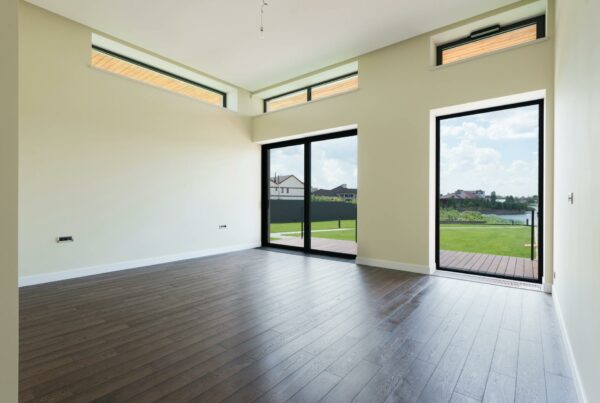Last Updated on October 18, 2023
Technology and e-commerce have transformed the home décor sector in recent years, transforming home decor firms’ operations, consumer interactions, and business strategies. By 2027, the US Home Decors Market is anticipated to expand at a compound annual growth rate (CAGR) of 4%. Let’s discuss why home décor firms require technology and e-commerce to improve manufacturing and sales.
Technology is changing swiftly, undoubtedly affecting home décor manufacturing and sales even more. New technologies enable users to design unique home decor goods or experience home decor in new ways. Augmented and virtual reality (AR/VR) help interior designers create 3D models and 3D printing. People get to easily visualize a space or atmosphere without generating it.
How does e-commerce help home decor manufacturers
E-commerce helps manufacturers in several ways. Top 5 ways are listed below.
- Reach a larger audience
E-commerce for manufacturing companies allows producers to sell their products to clients worldwide, regardless of location. Small and medium-sized enterprises that are able to only operate a few storefronts benefit significantly from this.
- Boost sales
E-commerce allows buyers buy directly from manufacturers without an intermediary, increasing manufacturer sales and profitability.
- Cut costs
E-commerce helps manufacturers save expenses in several ways. Manufacturers save on shop space and labor by selling online. Fulfillment hubs near clients save shipping expenses.
- Greater adaptability
E-commerce enterprises are more adaptable than traditional brick-and-mortar establishments. For instance, they offer more items and services and alter prices and promotions faster.
- Provide better customer service
Customers explore and compare items online and place purchases 24/7. Also, 24/7 assistance, live chat, and product reviews are offered. Manufacturers offer real-time order tracking and assistance via e-commerce.
Customers also require e-commerce for several reasons. Let’s see how.
- Convenience: Manufacturers now have a 24/7 online store where customers get to browse and buy their products whenever it’s most convenient and have their items delivered right to their doorstep.
- Option availability: Customers who shop online enjoy a greater selection of things to pick from.
- Price factor: When customers purchase online, they frequently find lesser costs on things.
- Transparency: Customers quickly compare prices and read product reviews before making a purchase.
Impact of technology on manufacturing of home decor items
Let’s take a look at how technology has influenced the manufacturing of home decor items.
- Enhanced efficiency and productivity: Many industrial processes in home decor manufacture are automated and streamlined thanks to technological advances. It increases efficiency and productivity, allowing firms to make more things in less time.
- Improved quality: Technology contributes towards improving the quality of home decor goods. For example, computer-aided design (CAD) software is used to develop exact and detailed designs. In contrast, computer-aided manufacturing (CAM) software runs machines that manufacture products with high accuracy and precision.
- Reduced prices: Technology helps lower the costs of creating home decor goods by automating and simplifying production processes. Customers are now able to afford buying home decor because of this.
- Product design: 3D models of home decor objects are created using technology, which is utilized to generate cutting instructions for CNC machines. This process helps to increase the manufacturing process’s accuracy and efficiency.
- Production planning: You’re able to track the manufacturing process in real-time using technology, assisting in identifying and resolving bottlenecks early on, as well as ensuring that items are delivered on schedule.
- Quality assurance: Technology is helpful to automate quality assurance tests to guarantee that items fulfill the quality requirements of the organization.
- Inventory management: Inventory levels are tracked in real-time using technology, such as inventory management software, helping prevent stockouts and overstocking.
- Order fulfillment: The order fulfillment process is automated using technology to decrease mistakes and enhance process efficiency.
- Customer service: Technology is helpful to give self-service alternatives to customers, such as online order tracking and chatbots. It reduces the pressure on customer care representatives.
How technology affects the designing of home decor items
Here are a few instances of how technology is influencing the home design industry.
- CAD software creates precise and accurate home decor objects. It enables producers to develop new and inventive items while improving the quality of old ones.
- CAM software controls automated manufacturing machines. It helps businesses to make home decor goods more effectively and cheaply.
- 3D printing makes unique home decor items like lamps, vases, and sculptures, enabling customers to design amazing things that precisely complement their taste.
- Laser cutting makes accurate and elaborate designs on home decor objects such as furniture, wall art, and lighting fixtures.
- Digital printing is used to make personalized textiles and wallpapers for home design.
- Smart home technology is being utilized to provide interactive and customized home decorating experiences. Customers, for example, employ bright lighting to set different moods in their homes or to operate their appliances with their voices.
How technology affects the sale of home decor products
Let’s discuss how technology is influencing the sales of home decor items.
- Online sales: E-commerce has transformed the way home decor goods are sold. It has made it easy for customers to shop for and buy home decor goods online. They get to choose the home decor items they wish from a diverse range of products worldwide.
- Social media: Instagram and Pinterest are popular for marketing and selling home design items. Retailers and designers use these platforms to exhibit objects and communicate with potential buyers. Consumers view live video broadcasts of things displayed and sold on live shopping sites.
- AR/VR: AR/VR tech offers customers a more immersive shopping experience. AR apps allow users to visualize furniture in their homes before buying. VR apps provide showroom and retail shop visits. These technologies assist customers in making more informed purchasing decisions.
Here are some further advantages of technology for the home decor industry:
- Enhanced personalization: Advances in technology enable producers to make more individualized home decor goods for consumers. Customers now, for example, request custom-made curtains, carpets, and wallpaper with their patterns or images.
- Enhanced sustainability: Technology assists firms in reducing their environmental effect. Some manufacturers, for example, use recycled materials to make home decor products, while others power their factories with renewable energy.
- New business opportunities: Technology is opening up new doors for entrepreneurs in the home design market. Some businesses, for example, use 3D printing to make unique home decor products, while others sell antique and handcrafted home decor goods on social media.
What kinds of goods are most appropriate for sale online
The alternatives are unlimited when determining which items are most suited for an e-commerce store. However, there are some goods in the domain of home decor that stand out in this online shopping environment.
Wall art is a popular product category well-suited for an e-commerce store. Customers need to browse and choose from numerous selections from the convenience of their homes, including anything from magnificent paintings to one-of-a-kind prints and tapestries. Home design items like decorative pillows, blankets, and carpets are also excellent choices for an e-commerce store. These smaller goods are dispatched and allow clients to customize their living areas.
Furniture is another area that flourishes in the world of e-commerce. Customers get to shop for couches, chairs, tables, and more with complete confidence without ever leaving their homes, thanks to the Internet and the high-definition photographs and descriptions they find there.
Lighting fixtures are excellent goods for an online store. Whether searching for a chandelier or a table lamp, online customers have access to a wide variety of options.
Attract customers actively seeking home decor products by exhibiting them on your e-commerce store with intriguing descriptions and enticing images optimized for search engines like Google.
Why are manufacturers hesitant to sell via e-commerce
Despite the numerous advantages of e-commerce, many firms are still hesitant to go digital. Some possible causes of this are:
- Inadequate knowledge: Some producers need to learn what e-commerce is and what it’s able to do for them.
- Cost: Setting up and running an e-commerce shop is costly.
- Security concerns: Manufacturers worry about their consumers’ personal information being compromised.
- Scarcity of resources: Manufacturers need more resources to run an e-commerce business, such as IT personnel and marketing skills.
However, as a manufacturer, you need to take various steps to overcome these obstacles and embrace e-commerce. Team up with e-commerce experts to establish and run their online shops. Also, apply for and get funds from the government and other funding sources to assist with the financial burden of digitalization.
Transformative power of technology in home decor
The impact of technology on home decor production and sales has been positive. It has improved production efficiency, enhanced product quality, and reduced prices for home decor items. E-commerce technology is also making it quicker and more accessible for consumers to search for and buy the home decor goods they desire. As a result, e-commerce is a significant tool for manufacturers and consumers. Technology is revolutionizing the home decor sector by making it more efficient, customized, sustainable, and inclusive.









